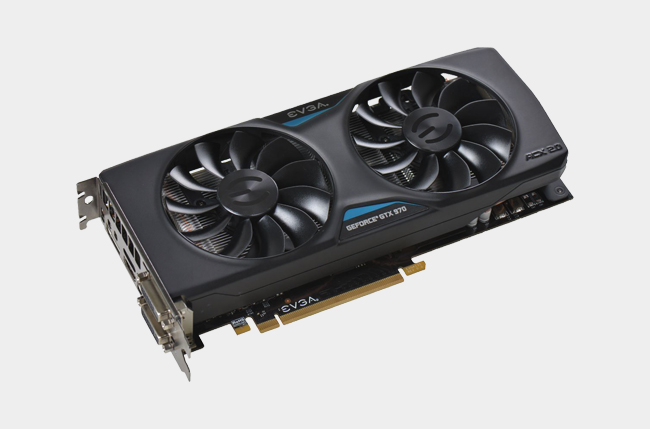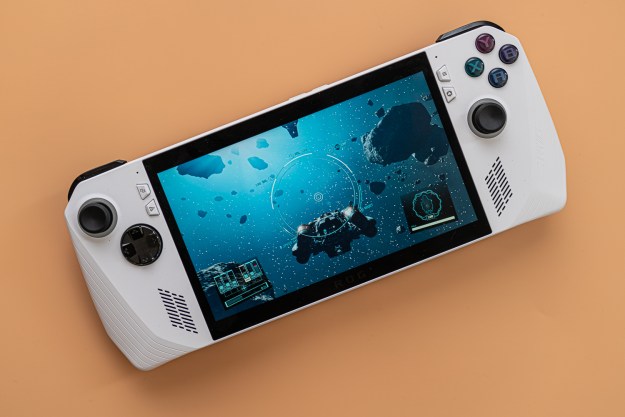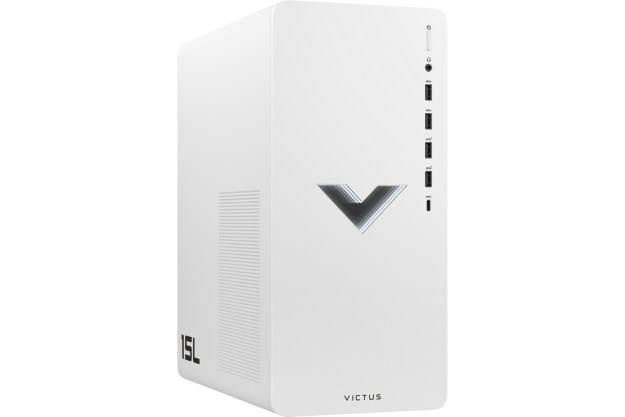
While Nvidia’s GTX 970 may have been one of the most popular graphics cards ever, it isn’t without its issues. One of them is the card’s memory capacity. Though advertised as a 4GB card, close examination after release revealed the GTX 970 in fact splits its memory up into two portions, one totaling 3.5GB, and the other half a gigabyte. This split slightly hampers performance relative to what would be possible with a more typical 4GB configuration.
Nvidia still hasn’t admitted to any wrongdoing in the case of the GTX 970, but it is settling the related lawsuit brought against it and now if you were one of the people who purchased a GTX 970 on the assumption that you would receive 4GB, rather than 3.5GB of memory, you may well be owed $30. To qualify, you must have purchased the GTX 970 between September 1 2014 and August 24, 2016.
Settlements like this often include a total cap on funds distributed, but neither side has detailed any sort of limit. And the GTX 970’s insane popularity means it’s likely to cost Nvidia a significant stack of cash. The Steam hardware survey puts the 970 at a five-percent market share. Nvidia has also agreed to pay $1.3 million in attorney fees.
This settlement combines the efforts of no less than 15 class-action lawsuits relating to the amount of memory available in the card, according to Top Class Actions. Each card cost between $300 and $350, so the $30 refund isn’t massive, but it is proportional to the damage done by the false advertising.
The other options on the site include the choice to opt out of this particular class-action suit. While taking part requires little effort from those involved, if you had planned to launch your own legal action against Nvidia and/or its partners, it wouldn’t be a bad plan to distance yourself from this particular suit first.
It’s also possible that you may want to attend court hearings about this case, in which case you can sign up for that too. It will be subject to approval and you will need to have your own attorney present, but if you’d like to take part, you can do so.
Did any of you purchase a GTX 970 and feel lied to about its performance and memory capacity?
Editors' Recommendations
- Nvidia’s bizarre ‘GTX 2080’ GPU emerges out of hiding
- The new AMD Rembrandt APUs may be just as good as the GTX 1650
- Nvidia could be planning to launch the GTX 1660 Super and GTX 1650 Ti in October



